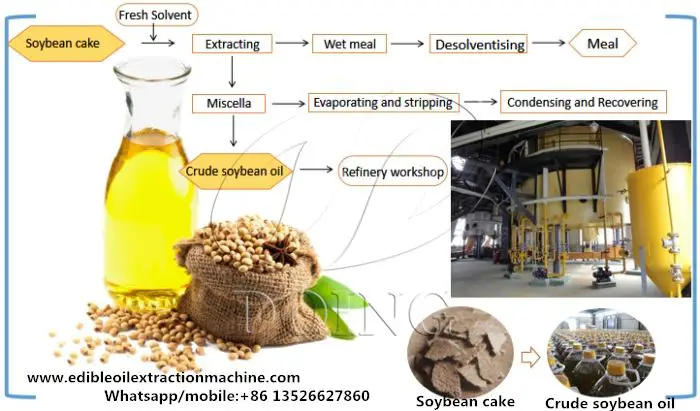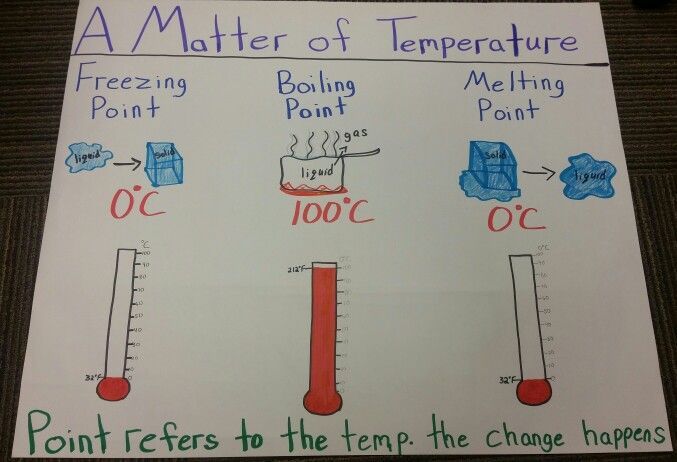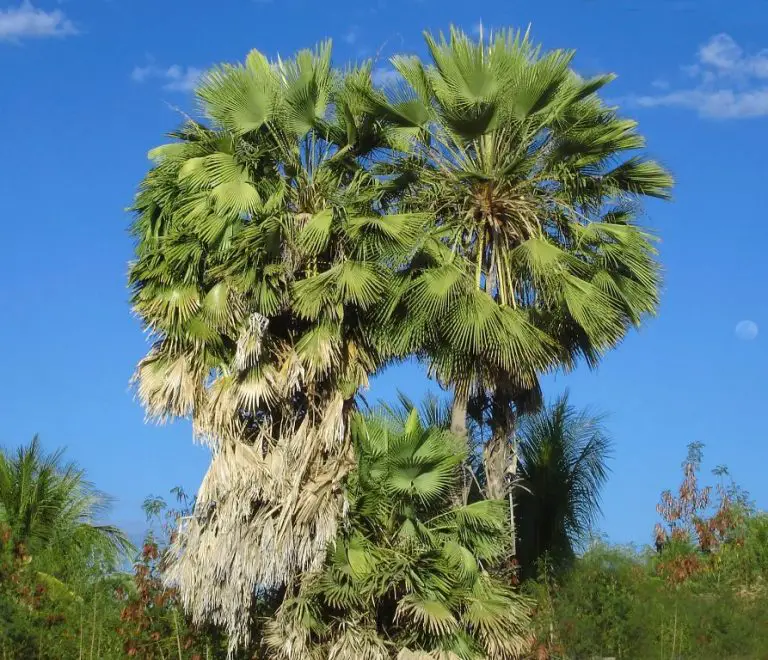Where Do You Get Soy?
Soybeans have a long history of cultivation in East Asia, with evidence of domestication dating back to 11th century BC in northern China. Soy was originally grown as a rotational crop to replenish soil between rice plantings. Soybeans spread from China to Korea, Japan, and other parts of Asia over the centuries. Soybeans were introduced to North America in the 18th century, but did not gain widespread production until the 1920s and 1930s.[1]
Soybeans are highly nutritious, providing all essential amino acids for human health as well as an excellent source of protein, fiber, vitamins, and minerals like iron and calcium. Soy foods are linked to reduced risks of heart disease, cancer, osteoporosis, and other conditions. Soybeans contain isoflavones, a type of phytoestrogen with antioxidant effects. Soybean oil is high in polyunsaturated fats compared to other vegetable oils.
Many common foods contain soy or soy-derived ingredients. Tofu, edamame, soy milk, and tempeh are made directly from whole soybeans. Soybean oil and textured vegetable protein (TVP) are extracted or processed from soybeans. Soy sauce, miso, and natto are fermented soy foods. Soy lecithin is an emulsifier used in many packaged foods. Soybeans and soy-based ingredients add protein, texture, flavor, and nutrients to products ranging from baked goods to veggie burgers.
Where Soybeans are Grown
The top soybean producing countries in the world are the United States, Brazil, Argentina, China and India. The ideal climate for growing soybeans is warm weather and moderate rainfall during the growing season. Soybeans require around 20-30 inches of precipitation spread throughout the growing months for best yields. They grow best in well-drained, fertile soils in the humid temperate regions of the world.
The United States is the leading producer of soybeans globally, generating over 120 million metric tons per year. The major soybean producing states are Illinois, Iowa, Minnesota, Indiana, Missouri, Ohio and Nebraska (Source). The ideal climate and soil conditions in the Midwest region make it an optimal location for soybean agriculture.
Brazil is the second largest soybean producer with about 66 million metric tons annually. The states of Mato Grosso, Paraná and Rio Grande do Sul account for the majority of production. Brazil’s tropical climate allows two harvests per year in some regions (Source).
Argentina generates around 40 million metric tons of soybeans per year, mostly in the Pampas region which provides rich soils and sufficient rainfall. China produces about 13 million tons annually, with Heilongjiang province as the leading soybean region. India generates around 11.5 million tons per year, predominantly in the states of Madhya Pradesh, Maharashtra and Rajasthan (Source).
From Farm to Table
Soybeans are harvested when the pods turn brown and the seeds inside become hard and dry. The main harvesting methods are either mechanized or manual. Combines are commonly used for mechanized harvesting of large commercial soybean fields. The combines cut and thresh the plants to separate the beans from the pods. For small farms, soybeans may be harvested by hand using sickles to cut the plants and then threshing the pods to remove the beans. (source: https://www.grainsa.co.za/soybean-production-is-a-good-alternative)
Once harvested, soybeans are transported from the farm to processing facilities. Trucks are primarily used to transport soybeans overland. Farmers bring harvested soybeans from their fields to local grain elevators or coops using trucks. The grain elevators store and dry the soybeans before loading them onto railcars or barges for further transportation. Soybeans are shipped down major rivers such as the Mississippi by barge to reach processing facilities and export terminals. (source: https://www.kpmanalytics.com/sub-segments/soybean)
At processing facilities, soybeans undergo several processes to convert them into various soy products. The beans are first cleaned, cracked, dehulled, and rolled into flakes. The soy flakes then undergo solvent extraction using hexane to separate the oil. The crude soy oil goes through degumming, neutralization, bleaching and deodorizing to become refined soybean oil. The defatted flakes undergo grinding to become soybean meal. Other soy products like soymilk, tofu, tempeh etc. can also be produced from the soybeans. Large soybean crushing facilities are located near major soybean production areas in the Midwest US. (source: https://www.youtube.com/watch?v=GrnKDbIkxMQ)
Soybean Oil Production
Soybean oil is extracted from soybeans in a process called solvent extraction. The soybeans are first cracked to remove the hulls and then rolled into flakes. The flakes are then treated with a solvent like hexane to dissolve the oils. The oil-solvent mixture is then boiled to evaporate the solvent, leaving behind crude soybean oil. This oil then goes through refining, degumming, bleaching, and deodorizing to produce the final soybean oil product.1

Soybean oil has many uses. It is commonly used for cooking, baking, and frying. It is also used to make margarine, salad dressings, and mayonnaise. Soybean oil is also used in non-food applications like biodiesel, soaps, paints, and plastics.2
The major soybean oil producing countries are the United States, Brazil, Argentina, China, and India. The United States accounts for over 30% of global soybean oil production.3
Soy Protein Production
Soy protein is produced from defatted soybean flakes, a byproduct of soybean oil production. The soybean flakes are mixed with water and undergo an alkaline extraction process to separate the protein from carbohydrates and fiber. The protein solution then goes through an isoelectric precipitation process where the pH is adjusted to the protein’s isoelectric point to optimize precipitation. The precipitated protein curd is collected, neutralized, dried and ground into a soy protein concentrate containing around 70% protein.
To produce textured soy protein, the soy concentrate undergoes an extrusion cooking process that uses high temperature, pressure and mechanical shear to texturize the protein. This gives textured soy protein a meat-like texture for use as a meat substitute in vegetarian and vegan foods. Adding flavors, colors and vitamins also improves the sensory characteristics of textured soy protein. [1]
Textured soy protein is very versatile and has many uses as a meat substitute. It can be used in veggie burgers, vegan ground beef, vegetarian hot dogs, meatless chicken nuggets, pasta sauce and more. The meat-like texture makes it a popular choice for adding protein and a satisfying chew to plant-based meat alternatives.
Soymilk Production
Soymilk is made by first soaking soybeans in water overnight. This allows the soybeans to absorb water and begin breaking down. The soaked soybeans are then ground with water into a slurry. This slurry contains the protein, fats, and nutrients from the soybeans suspended in the water.
The slurry is strained to separate out the soymilk. This straining removes the fiber and most of the carbohydrates, leaving behind a nutritious liquid soymilk containing mainly proteins, fats, and minerals from the soybeans. The straining process involves pressing the slurry through a filter or cheesecloth. The leftover fibrous pulp can be used for animal feed or other purposes.
The resulting soymilk can then be fortified with vitamins and minerals. It is commonly fortified with calcium, vitamin D, and vitamin B12 to provide essential nutrients and more closely resemble dairy milk. Soymilk is naturally lactose-free and provides protein, healthy fats, and phytonutrients. It can be consumed as a beverage, used in recipes, or made into products like tofu. Some of the nutritional highlights of soymilk include its high protein content, potassium, B vitamins, and isoflavones. Overall, soymilk provides a nutritious plant-based alternative to dairy milk for vegans and those with lactose intolerance.
Tofu Production
Tofu is made from soymilk, which is produced by soaking soybeans, grinding them with water, heating the resulting slurry, and filtering out the soy solids. The strained liquid is then coagulated to form tofu (Guan et al., 2021). There are several varieties of tofu, categorized by texture:
- Silken – smooth, tender texture achieved with little coagulant
- Soft – delicate texture, higher moisture content
- Firm – dense and compact texture
- Extra firm – very dense, low moisture, retains shape well
Coagulants used to curdle the soymilk include salts like calcium sulfate, magnesium chloride, calcium chloride, and acids like glucono delta-lactone (Ali et al., 2021). The coagulant causes soy proteins to denature and aggregate, forming a gelatinous curd. The curds are then pressed into blocks to make tofu.
As a plant-based protein, tofu is low in saturated fat and high in nutrients like calcium, iron, and magnesium. It has a mild flavor that allows it to absorb sauces and seasonings readily. Common uses for tofu include stir fries, soups, salads, smoothies, and as a meat substitute.
Guan, X., Liu, T., Li, X., Cheng, Y., & Zhao, M. (2021). Changes of Soybean Protein during Tofu Processing. International journal of food science, 2021. https://www.ncbi.nlm.nih.gov/pmc/articles/PMC8306988/
Ali, F., Zhu, K. X., Liao, Y., Mehboob, S., Azhar, N., Naveed, M. T., … & Qi, W. (2021). Modern techniques efficacy on tofu processing: A review. Trends in Food Science & Technology. https://www.sciencedirect.com/science/article/abs/pii/S0924224421004684
Soy Sauce Production
Soy sauce is a popular condiment used in many Asian cuisines that is made by fermenting soybeans, wheat, and other ingredients. The production process begins with soaking and cooking soybeans, wheat, and sometimes rice. The cooked beans are mixed with roasted wheat or barley and inoculated with a mold culture called Aspergillus oryzae or Aspergillus sojae. This mold helps break down proteins and starches into amino acids and simple sugars during the fermentation process.
The mixture is then placed into large tanks and fermented for several months. This allows enzymes to break down proteins into amino acids and carbohydrates into simple sugars. The resulting mixture is called koji. Salt water is added to the koji and the mash is fermented in large barrels or tanks for 6 months to 2 years. This long fermentation period deepens the flavor and darkness of the soy sauce. The mash is then pressed to extract the liquid soy sauce.
There are many regional varieties of soy sauce in Asia. In China, soy sauces tend to be lighter in color and saltier, while Japanese soy sauces like shōyu tend to be darker and sweeter. Japanese soy sauce also emphasizes aroma and depth of flavor. Tamari is a variety of soy sauce that originated in Japan and contains little to no wheat. Soy sauce is used as a seasoning and condiment in many Asian cuisines like Chinese, Japanese, Korean, Vietnamese, Thai, and more. It adds a savory umami flavor to dishes.
https://www.businessinsider.com/how-traditional-soy-sauce-is-made-through-barrel-aging-2022-5
Tempeh Production
Tempeh is produced by fermenting whole soybeans with a fungus, most commonly of the genus Rhizopus. The fermentation helps preserve the soybeans, as well as increases the availability of nutrients, making tempeh more digestible than unfermented soybeans (FAO). The tempeh fermentation process helps break down complex proteins and carbohydrates from the soybeans into simpler components that provide health benefits. Some of the key nutrients in tempeh include protein, dietary fiber, manganese, copper, magnesium, phosphorus, and riboflavin (Widowati et al., 2021).
The fermentation of soybeans to produce tempeh also generates compounds that contribute to its flavor and aroma. Tempeh has an earthy, nutty, mushroom-like taste. Compared to tofu, tempeh offers a more substantial, meaty texture. Its meat-like texture and savory flavor makes tempeh a popular plant-based protein source used as a meat substitute or meat alternative in vegetarian dishes. When marinated and cooked, tempeh can mimic the texture and taste of meat in vegetarian recipes. It is commonly used as a substitute for meat in dishes like tempeh bacon, tempeh burgers, BBQ tempeh, tempeh chili, and more (Tempe Bumbung).
References:
FAO. (n.d.). Chapter 9 – Tofu, Tempeh, Soysauce and Miso. Food and Agriculture Organization of the United Nations. Retrieved from https://www.fao.org/3/t0532e/t0532e10.htm
Tempe Bumbung. (2018, May 26). Tag: Industrial Production of Tempeh. Retrieved from https://tempebumbung.wordpress.com/tag/industrial-production-of-tempeh/
Widowati, S., Ratnawati, R., Natalia, D., Antojo, U., & Purnomo, A. (2021). Tempeh: Nutritious Indigenous Food of Indonesia and Its Reciprocal Relations with Environment, Socio-Culture, and Technology. Food Frontiers, 2(2), 155–165. https://doi.org/10.1002/fft2.69
Conclusion
Soybeans are an amazingly versatile crop that can be processed into a wide variety of nutritious and sustainable food products. We’ve explored some of the most popular soy foods including soymilk, tofu, soy sauce, tempeh and more. Each of these starts with the humble soybean which is processed in different ways to create different textures, flavors and nutritional profiles.
The soybean is high in protein and fiber, low in calories and cholesterol-free. Soy foods are rich in vitamins and minerals and provide a range of health benefits. Soybeans also play an important role in crop rotation and help replenish nitrogen in the soil. As a crop, soybeans are drought-resistant and environmentally friendly to grow. Their versatility from both a nutritional and sustainability standpoint makes the soybean one of the most valuable crops on the planet.






